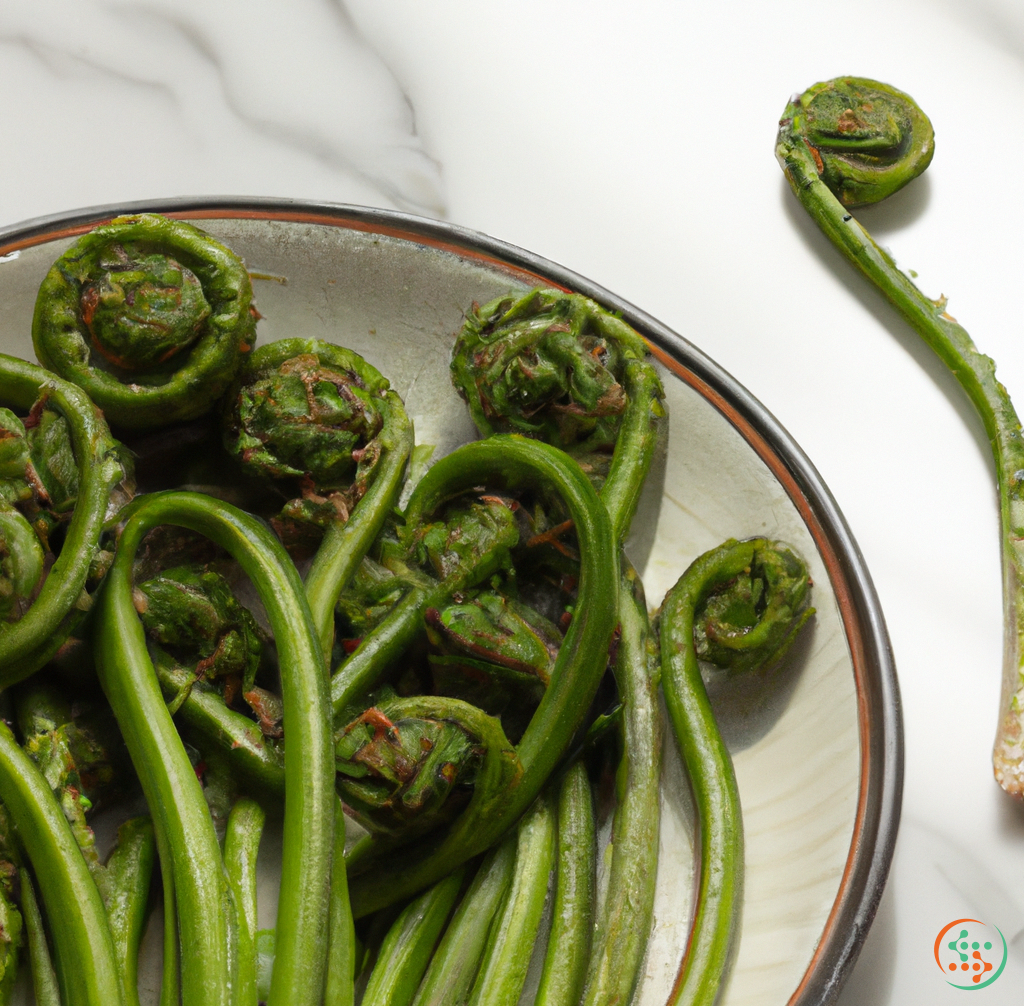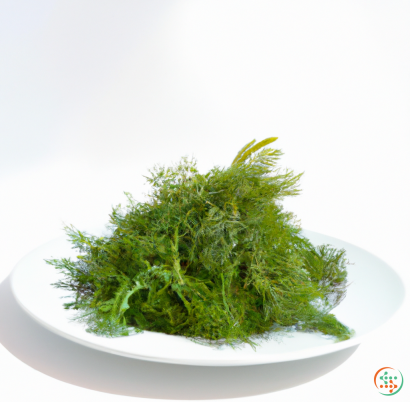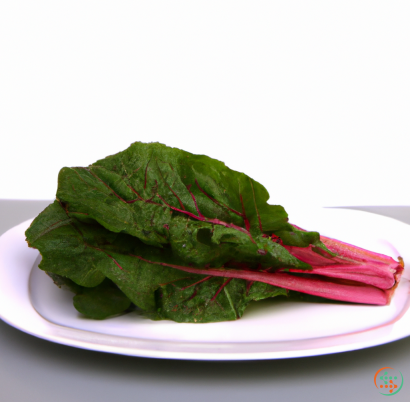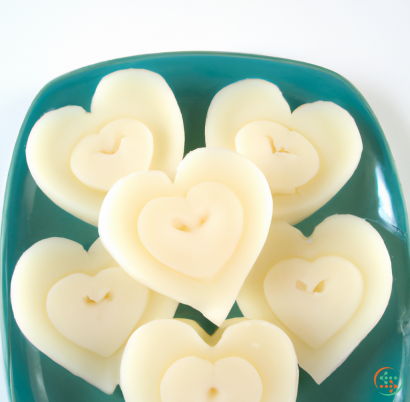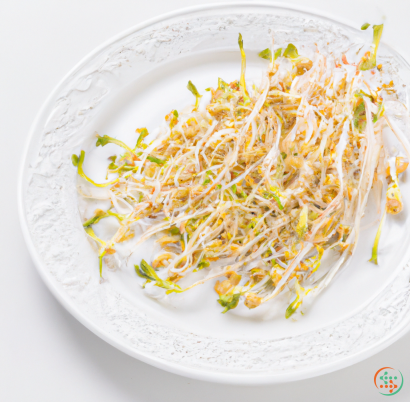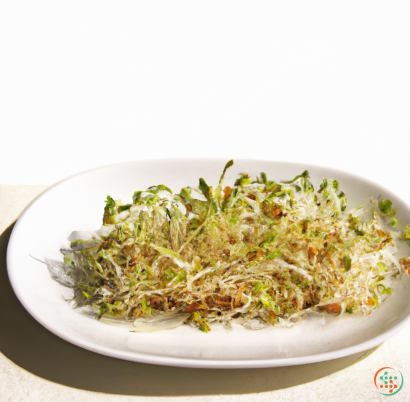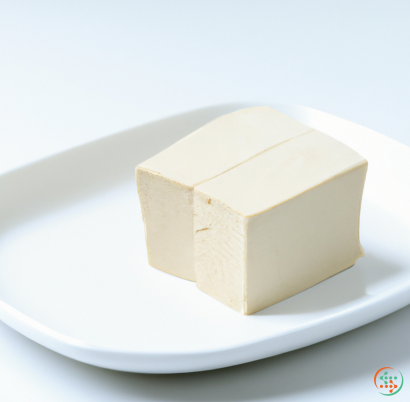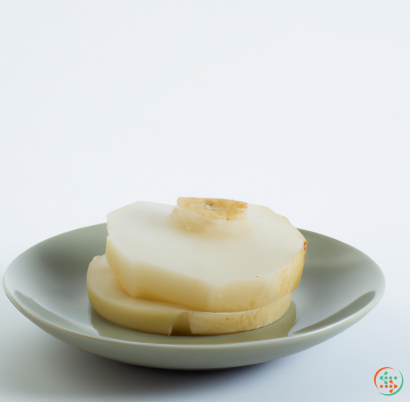Fiddlehead Ferns
and why it is so revered
What is a Fiddlehead Fern?
Fiddlehead ferns, also known as croziers, are a delicacy with a long history in many cultures. Despite their long-standing presence, fiddlehead ferns have become increasingly popularized in the culinary world only within the last decade or so. This is because the subtle flavor and crisp texture of fiddlehead ferns can add an impactful layer of freshness to any dish. For this reason, fiddlehead ferns are often considered an excellent garnish or accompaniment to proteins, salads, and other light dishes. Although somewhat unconventional within recent years, thanks to the plethora of imaginative chefs and home cooks, fiddlehead ferns have become increasingly prevalent within the world of contemporary cooking.
Fiddlehead ferns are only edible while still in their curled up, fiddlehead shape, so harvesting them requires a little bit of finesse and foresight. The fiddlehead shape is truly indicative of the growth stage of the fern, which looks like a rolled up, miniature fiddle. Once picked, they must also be prepared properly to minimize their earthy taste and to remove any possible bacteria. To prepare fiddlehead ferns, they are typically boiled, steamed, or sautéed. It is also important to note that the tips should be removed prior to cooking or eating, to prevent any potential irritation or choking hazards.
The nutritional properties of fiddlehead ferns make them a highly-revered food item. They are incredibly versatile and can easily be incorporated into many dishes, such as omelets, stir-fry, and soups. Fiddlehead ferns are also extremely nutrient-dense, containing a suite of vitamins and minerals such as Vitamin A, Iron, Magnesium, and Potassium. They are low calorie and high in dietary fiber, making them beneficial for those looking to regulate their digestive system. Furthermore, fiddlehead ferns contain impressive levels of antioxidants, which provides a wealth of anti-inflammatory benefits that improve overall health.
So why are fiddlehead ferns revered among many food cultures? Aside from the numerous health benefits that accompany these young plants, the aesthetic characteristics of fiddlehead ferns also contribute to its long-standing popularity. It is undeniable that the swirling, bright green fronds of the fiddlehead have a certain charm. Moreover, fiddlehead ferns act as the perfect support for flavors, as it provides a lightness to counterparts that may be both vibrant and complex. It has the added benefit of acting as a canvas, absorbing the flavors and spices of whatever they are paired with.
Despite their status as a unique delicacy, fiddlehead ferns are robust enough to offer depth and flavor in a variety of dishes. As mentioned previously, fiddlehead ferns can be boiled, steamed, or sautéed, but they can also be served raw or grilled. If planning to include them raw in a salad, it is important to be mindful of the possible bacteria that could be present. However, if opting for the boiled, steamed, and sautéed methods, bacteria should not be an issue.
Ultimately, fiddlehead ferns are valued for their nutritious and aesthetically pleasing characteristics, in addition to the playful flavors they lend to any dish. When prepped and cooked properly, fiddlehead ferns can make any dish stand out from the crowd. So, from salads and soups to sauces and stir-fries, feel free to incorporate the ever charismatic and nutritious fiddlehead fern into your cooking repertoire - you won't regret it.
Fiddlehead Ferns: How Nature’s Produce Gets to Your Plate
The vibrant green fiddlehead fern is one of the more exotic plants to grace an American dinner plate, but how does it get there? How does a wild-growing fern make its way to a plate of Italian pasta or fancy sushi? In this blog post, we will trace the complete journey of a fiddlehead fern before it is served to a hungry customer. You’ll learn about the fascinating scientific processes behind fiddlehead growth and how the industry has changed over time. Let’s begin our journey!
What is a Fiddlehead Fern?
A fiddlehead fern, also known as the ostrich fern, is the edible, curled, crozier (or baby fern) of the Matteuccia struthiopteris fern species. The fiddlehead is the first stage of a new fern’s life cycle and typically sprouts in the temperate forests of North America, Europe, and Asia. The most common type of fiddlehead found in these regions are ostrich ferns, but green ostrich and fernbracken ferns are also commonly harvested.
Fiddleheads have a distinct flavor resembling asparagus or artichoke and can be prepared fresh or cooked. Harvest season is typically short and happens in the springtime when the fiddleheads are just beginning to emerge from the ground.
From Forest to Store
The harvesting process for fiddleheads is carefully monitored and regulated to protect the health of the surrounding ecosystem. Foraging for these special ferns requires permission from the Canadian or US government and requires the harvesters to have significant plant knowledge. In addition, there are specific regulations on timing, location, and quantity of fiddleheads that can be harvested.
Also, the harvesting process itself must be regulated so as to not harm the rest of the fern patch. To this end, fiddlehead harvesters must dig gently, by hand, and only take 20-30% of the emerging fiddleheads. Using these methods, the same patch can be harvested for years and produce delicious fiddleheads for many seasons.
Once the fiddleheads are harvested, the process of getting them to your dinner table is fairly straightforward. Packaging them in insulated containers helps keep the fiddleheads fresher for longer, which is important since most of them will travel hundreds of miles to reach their destination. These days, fiddleheads are primarily shipped to major markets such as New York, Toronto, Chicago, and Los Angeles. The transportation process usually takes a couple of days and temperatures must be closely monitored to ensure that the produce is kept fresh.
Questions of Quality
When ordering fiddleheads, quality is always important. These plants are delicate and can spoil easily due to changes in temperature or time in transit. If a fiddlehead is not fresh, its appearance, taste, and even its safety can be compromised. To ensure good quality, producers must consider factors such as soil fertility, potential insect contamination, and proximity to roadsides, which can all affect the safety of the fiddleheads.
Another factor that affects fiddlehead quality is the time of harvest. Many people mistakenly believe that the best time to harvest fiddleheads is when they are at their curliest, however this is not always the case. As their heads unfurl, the fiddleheads become much more nutritious and their taste is milder. Fiddlehead producers must always consider the day’s weather conditions and the health of the soil before harvesting in order to collect the highest quality fiddleheads.
Inspecting Fiddles for Quality
When selecting fiddleheads for sale, retailers must take several factors into consideration. Before buying, the heads should be inspected for any signs of excessive mud, insect damage, or fungal spots. The stems should also be free from decay or discoloration and should still be tightly curled. Once these factors are taken into account, retailers can make an informed decision as to which fiddleheads they will buy and sell.
It is important to note that some provincial governments have strict regulations on the destemming process. This ensures that any mud or dirt on the stems is completely removed prior to distribution, thus reducing the risk of foodborne illness. Furthermore, the destemming process is an excellent way to gauge the quality of the fiddleheads prior to sale.
From Store to Plate
Finally, the fiddleheads have arrived in the store and now it’s time to bring them to your dinner table. Fiddleheads require a few specific methods of preparation in order to be safe to consume. First, they should be washed to remove any remaining mud or dirt. It is also important to blanch them before cooking, which means boiling them for two to three minutes and then plunging them into cold water.
The best way to prepare fiddleheads is to sauté them in butter or oil with garlic and herbs, as this brings out their delicate flavor. If you’re feeling adventurous, you can also add them to your favorite recipes for a unique and flavorful twist!
Conclusion
Fiddlehead ferns are a unique and delicious addition to any meal. From the temperate forests where they are picked to the store shelves and eventually your plate, it is easy to see the effort that goes into producing these wonderful plants. We hope you’ve enjoyed learning about all the steps involved in getting fiddlehead ferns to your plate. Bon appetite!
| Vitamin A | 0.181 mg | |
| Beta-Carotene | 0.00204 grams | |
| Alpha-Carotene | 0.261 mg | |
| Vitamin C | 0.0266 grams | |
| Vitamin B1 | 0.02 mg | |
| Vitamin B2 | 0.21 mg | |
| Vitamin B3 | 0.00498 grams |
| Calcium | 0.032 grams |
Daily Value 1.3 g
|
| Iron | 0.00131 grams |
Daily Value 0.018 g
|
| Magnesium | 0.034 grams |
Daily Value 0.4 g
|
| Phosphorus | 0.101 grams |
Daily Value 1.25 g
|
| Potassium | 0.37 grams |
Daily Value 4.7 g
|
| Sodium | 0.001 grams |
Daily Value 2.3 g
|
| Zinc | 0.83 mg |
Daily Value 0.011 g
|
| Copper | 0.32 mg |
Daily Value 0.9 mg
|
| Manganese | 0.51 mg |
Daily Value 0.0023 g
|
| Total Sugars | 0.131141 grams |
per 100g
|
